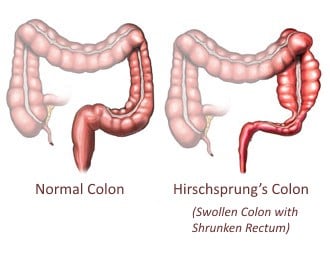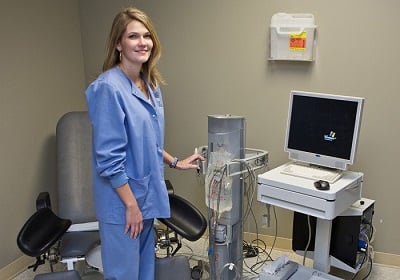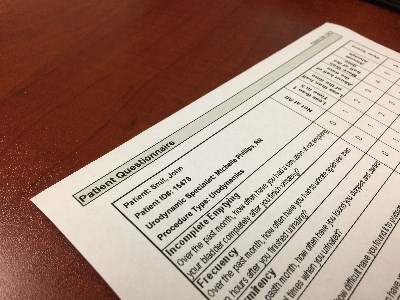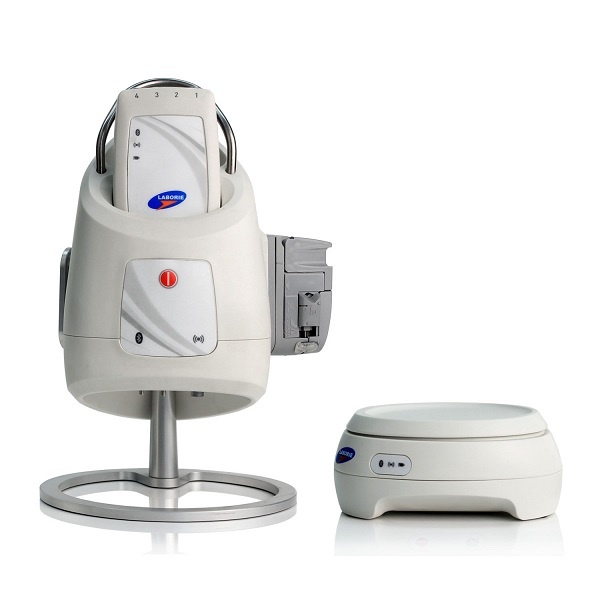Disorders of the bowels require specific investigative techniques that are preferably non-invasive for accurate disease diagnosis. Here, the use of anorectal manometry for the diagnosis of Hirschsprung’s disease1 will be discussed.
Topics: Anorectal Manometry, Hirschsprung Disease
Disorders that affect the lower urinary tract are commonly diagnosed via a urodynamic stidu. If the disorder is not properly diagnosed, treatment is likely to fail. Here, a research study will be reviewed in which the value of urodynamic testing for diagnosing the causes of lower urinary symptoms in male patients was examined.
Topics: urodynamics, male urodynamics
Urodynamics Incontinence Screening Questionnaires: A Summary
One component in the assessment of patients with lower urinary tract symptoms is a screening questionnaire to better understand a patient’s disorder. This part of the process is especially important because the replication of symptoms during more invasive testing is critical for both diagnosis and treatment. However, there are many types of urodynamics incontinence screening questionnaires. Here, some of the available options will be discussed and summarized.
Prescribing Urodynamics - When Should a Urodynamics Test Be Prescribed
Urodynamics testing is considered the gold standard for assessing disorders of the lower urinary tract. However, knowing exactly when to prescribe a urodynamics test can be confusing depending on which published guidelines are followed. Here, urodynamic assessment and when these tests should be prescribed will be discussed.
Topics: urodynamics
We are often asked about urodynamics equipment manufacturers that provide equipment in the U.S. We get several calls, emails, and social media inquiries a week regarding this. We summarize the primary providers in this post. We own and operate equipment from all of the manufacturers below, but the primary equipment we use is made by Laborie.
Topics: urodynamics equipment
Urodynamics: Can Patients Reliably Verbalize Incontinence Symptoms
Urodynamic testing is the gold standard for incontinence assessment; however, this method is not without
drawbacks. For instance, data interpretation is reliant on a number of factors, including the clinician’s training, proper use of the equipment, and reproduction of the patient’s symptoms during testing.
Topics: urodynamics, incontinence
Urodynamic testing is an important consideration any time a surgery is performed involving the lower urinary tract or pelvic organs in women. Colpoplasty, which is defined as plastic surgery involving the vagina, has the ability to change the way the urinary tract functions for women.
Topics: urodynamics, colpoplasty
Urodynamics: PVR using Ultrasound vs. Straight Catheterization
Each urodynamic test has a distinct diagnostic purpose. Additionally, there are multiple ways to perform each assessment, which can affect the test’s results. Here, the merits of ultrasound versus catheterization for measuring post-void residual1 (PVR) urine volume will be discussed.
Topics: urodynamics, Ultasound, Catheterization, post-void residual
Interstim, Urodynamics, and Anorectal Manometry: How They Fit Together
Urodynamics are a series of tests that measure the functionality of the lower urinary tract. Urodynamics testing1 may be ordered for a number of symptoms, including pain, incontinence, and changes in a patient’s normal urinary or fecal routine.
Topics: Anorectal Manometry, urodynamics, InterStim
Urodynamics Guidelines: AUA’s Latest Guidelines on Urodynamics
The American Urological Association (AUA) has put forth guidelines for clinicians who perform urodynamic testing for adults experiencing common lower urinary tract symptoms1. These guidelines are intended to assist the clinician in better understanding the role of urodynamics in the assessment of complex disorders of the lower urinary tract.
Topics: urodynamics










